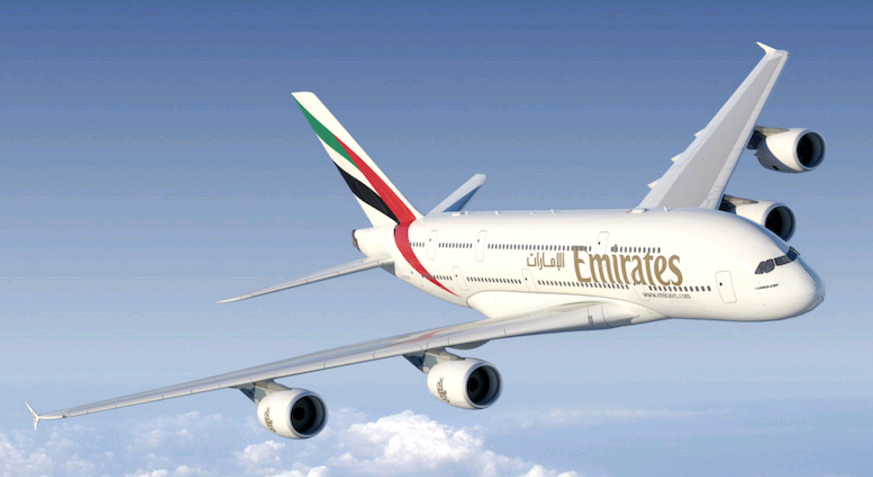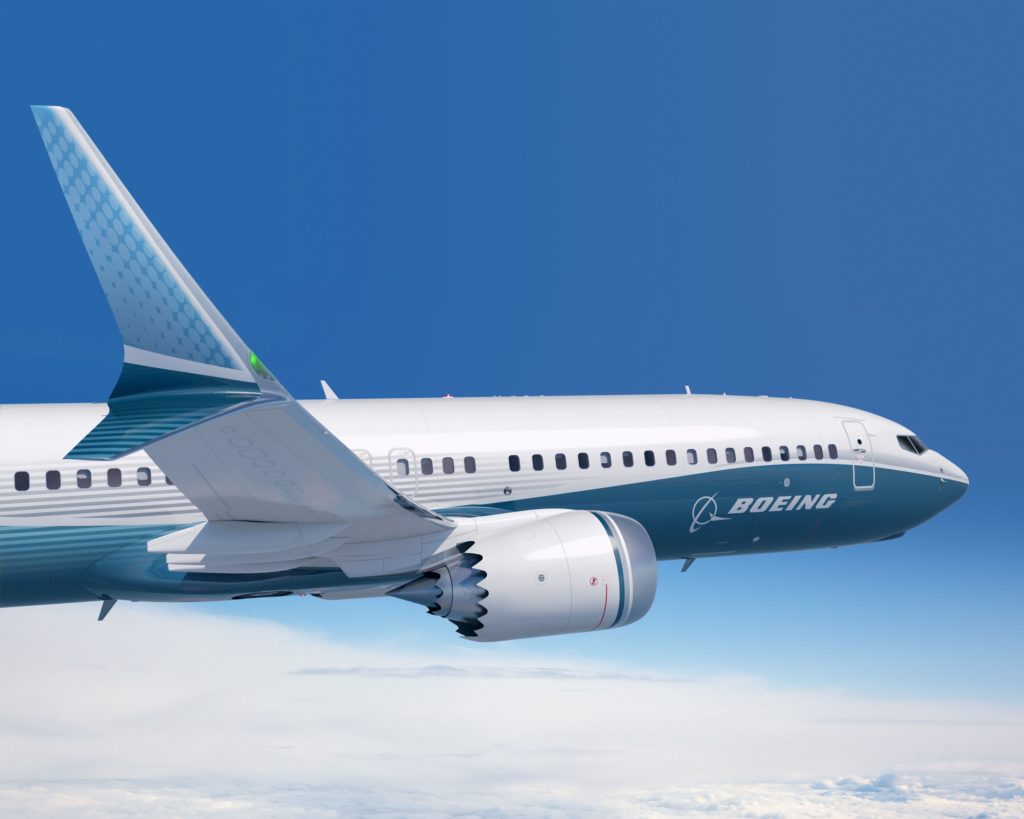Leeham News and Analysis
There's more to real news than a news release.
A380 cost analysis
Subscription Required
Introduction
Jan. 23, 2017, © Leeham Co.: In a sister article, we will describe how Airbus A380 might change from a flagship aircraft for legacy carriers to a competitive tool for long-range LCCs.
This change of the A380’s profile is based on bringing cabin densities to the levels of other long haul aircraft. We have historically made detailed operating costs studies of the A380 versus other large long-haul aircraft.
With the possible change in the aircraft’s operating profile, we decided to update the study with the A380ceo pitted against its main competitors, Boeing’s 777-300ER and 777-9. Different from the previous study, we now compared all aircraft in a higher density, two-class seating.
Summary:
- The A380neo is pushed out in time for now. Airbus has instead started a cabin density program.
- We update the study of A380 versus its main competitors to see if the cabin changes goes far enough.
- In the last study, the A380 had lower seat mile cost than 777-300ER but was beaten by the 777-9.
- We check if a denser cabin makes the A380 competitive with the 777-9
Boeing 737 MAX 10
Subscription Required
By Bjorn Fehrm
Introduction
January 17, 2017, © Leeham Co.: Boeing has given its sales team the “authority to offer” the 737 MAX 10. The aircraft is a stretched version of the 737 MAX 9, designed to compete more successfully with Airbus A321neo.
Boeing worked on the variant for the last year. It started off as a more ambitious change over the 737 MAX 9, but it turned out too expensive and would have taken too long to get to market. The variant that Boeing now offers to airlines is a simple stretch of the 737 MAX 9.
The backing down to a stretched MAX 9 solves the cost and timing problem, but will it solve the competitiveness problem? We make a first analysis.
Summary:
- The offered 737 MAX 10 is a longer fuselage MAX 9.
- The longer fuselage closes the cabin dimensions gap to the A321neo.
- The 737 MAX 10 is longer and heavier than the MAX 9, affecting performance.
- To save field performance, a change to the main landing gear was necessary.
Comparing 777 Classic, 787 Book:Bill in recent years
Subscription required.
Introduction
Jan. 11, 2017, (c) Leeham Co.: Future production rates of the Boeing 787 is a concern for LNC, which has been explained in detail here.
A little history provides some context.
As far back as March 2014, we identified the growing production gap for the 777 Classic. In presentations in April and May 2014, we outlined this gap (Figure 1) and forecast that production rates would have to come down in the not-too-distant future.
The rest, as they say, is history.
Analyzing the Top Customers for Airbus and Boeing
Subscription Required
Introduction
Jan. 4, 2017, © Leeham Co.: The top 25 Airbus customers that are identified account for 63% for the current backlog, an analysis of the company’s order list shows.
For Boeing, its Top 25 customers account for 69% of its identified backlog.
Both companies have hundreds of Unidentified orders for which no customer is disclosed.
Summary
- “China Inc.” is Boeing’s #1 identified customer and #3 for Airbus.
- Two low cost carriers are the first and second top customer for Airbus.
- Three low cost carriers follow “China Inc.” as Boeing’s Top Customers.
- Boeing’s Top 3 wide-body customers are in the Middle East, where financial and traffic results are beginning to soften.
- Three of Airbus’ Top 5 customers are also from the Middle East. The other two are from Asia.
- Boeing has 54% of the market share among the Top wide-body customers. Airbus has a 54% market share in the narrow-body sector.
Market, other factors emerging, creating Boeing 787 concern
Subscription Required
Introduction
Jan. 4, 2017, © Leeham Co.: Despite a rosy picture painted by Boeing about the future of the 787 and the ability to recover more than $29bn in deferred production

Boeing photo.
and tooling costs, there are signs that cause concerns over the next 3-5 years.
Summary
- Near-term production outlook solid, weakness begins in 2020, big gap in 2021.
- Boeing doesn’t see wide-body sales recovery until next decade.
- Company foregoes increasing 787 accounting block; sales won’t support it.
- Market talks about deferring 787s.
Airbus, Boeing Top Customers mix of stable, risk and reward
Subscription Required
Introduction
Dec. 22, 2016, © Leeham Co.: When it comes to comparing backlogs of Airbus and Boeing, the latter likes to point to what it calls a better quality of customers.
The fact is, both companies have large orders with airlines that may be characterized as less than top quality, or which appear to have over-ordered.
Summary
- Airbus is more risk-reward oriented than Boeing.
- Airbus appears more aggressive in emerging markets.
- Airbus and Boeing share risky and quality customers.
- Many of the shared top customers are roughly balanced between Airbus and Boeing.
Boeing faces prospect of China’s political wrath thanks to Trump
Subscription Required
Introduction
Dec. 12, 2016, © Leeham Co.: “China Inc.,” the combined group of airlines and lessors directed or controlled by the government, is Boeing’s largest customer, an

China is Boeing largest single customer. Campaign rhetoric of Donald Trump could prompt the Chinese government to retaliate against Boeing, favoring Airbus for orders instead. Rendering via Google images.
analysis of the company’s’ backlog at Dec. 5 shows.
Boeing’s website lists “China” with 292 orders in backlog. Fifty of these appear to by Unidentified orders. LNC arrived at this figure by viewing the Chinese customers in Boeing’s identified list, which amounts to 242 orders. Some believe the number of Unidentifieds attributable to China may be higher.
The data shows just how much Boeing has at risk with the so-far unpredictable foreign trade policy espoused by President-Elect Donald J. Trump.
Summary
- Boeing’s long history of supplying airliners to China began with President Nixon’s historic trip.
- China was a reliable customer through global economic downturns.
- But China doesn’t hesitate to use Boeing (or Airbus) as a pawn in geopolitical politics.
- Airbus now at parity in China airplane sales.
- Can Jim McNerney educate Trump?





Deferrals grow as airlines fight to keep bottom line
Subscription Required
Introduction
Jan. 09, 2017, © Leeham Co.: Airlines have deferred or are thinking about deferring more than 400 airplanes in the near term, a review of decisions and deliberations that have been made during the last 12 months.
LNC tracked announcements last year of deferrals and statements by airlines that they are thinking about doing so.
We began identifying macro-level issues last week in our posts about emerging concerns for the 787 and LNC’s Outlook for 2017.
Reasons vary widely for the deferrals, these reports indicated. Low oil prices. Slowing economies. Declining financial results. Worries about two of the three top Middle Eastern carriers. A capital squeeze in China. Pressure on long-haul carriers from the emerging sector of low cost, long-haul airlines. Preserving capital expenditures to keep the bottom line in the black.
Today we detail the deferrals we tracked.
Summary
Read more
1 Comment
Posted on January 9, 2017 by Scott Hamilton
Airbus, Airlines, Boeing, Bombardier, Delta Air Lines, Leeham News and Comment, Pratt & Whitney, Premium, Qatar Airways, Rolls-Royce
777 Classic, 787, A380, Airbus, airlines, Boeing, Bombardier, Emirates Airlines, Goldman Sachs, Qatar Airways